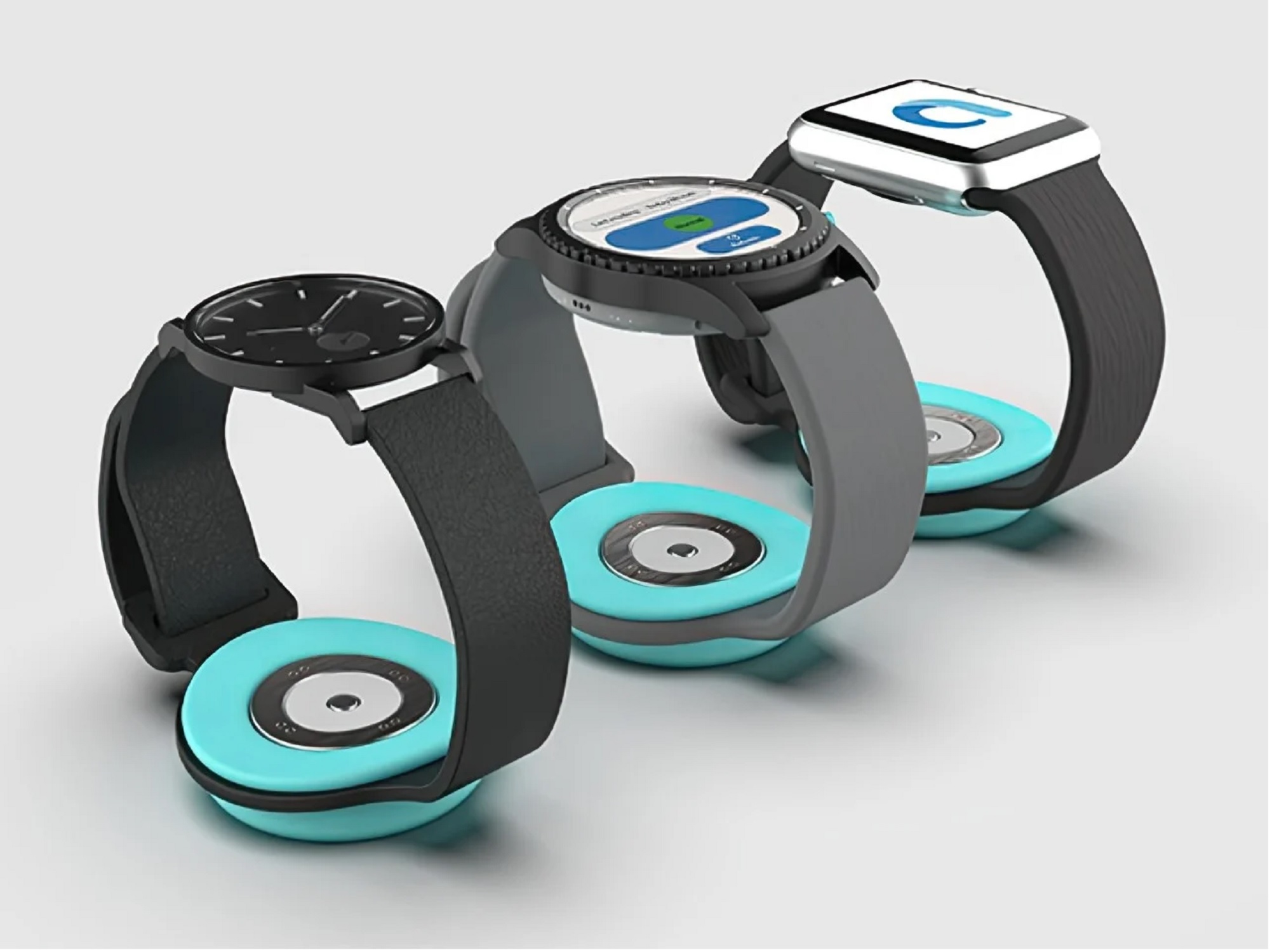Wearable technology has been buzzing in the tech world for years now. From smartwatches to fitness trackers, smart glasses to health-monitoring patches, these devices promise to make our lives easier, healthier, and more connected. But with so many gadgets flooding the market, it can be hard to tell which wearables are truly useful and which are just hype.
Let’s break down some of the most popular wearable tech and see what’s worth your attention—and your money.
The Hype: Wearables That Sound Cool but May Fall Short
1. Smart Glasses
Remember when Google Glass was launched with grand promises of augmented reality (AR) right in your sight? While the idea is amazing, smart glasses haven’t quite lived up to the hype for everyday consumers. Issues with battery life, privacy concerns, and limited practical applications mean they’re still mostly a novelty or a niche professional tool rather than a must-have.
2. Fashion-Forward Wearables
Some wearables focus more on style than substance, boasting designer labels or flashy designs but offering limited features or poor accuracy. A wearable that looks great but can’t track your health metrics well isn’t very helpful if you’re buying it for fitness or wellness.
3. Over-Promising Health Claims
There are devices claiming to diagnose diseases or replace medical-grade equipment. While wearable health tech is advancing rapidly, most consumer wearables still can’t replace professional medical devices or expert advice. Always be cautious about devices that promise “miracle” health diagnostics.
The Useful: Wearables That Deliver Real Benefits
1. Fitness Trackers and Smartwatches
These are the bread and butter of wearable tech. Devices like the Apple Watch, Fitbit, and Garmin offer reliable tracking for steps, heart rate, sleep, and workouts. They help motivate healthier habits by providing data and insights you can act on daily. Plus, smartwatches add convenience by letting you see notifications and control music without pulling out your phone.
2. Sleep Trackers
Good sleep is the foundation of health, and wearables that track sleep stages and quality are becoming increasingly accurate. By understanding your sleep patterns, you can make better lifestyle choices to improve rest and overall well-being.
3. Health Monitoring Devices
Some wearables now track oxygen levels, ECG (heart rhythm), and stress indicators, giving you useful information that can prompt timely medical attention. While they’re not replacements for doctors, they can be great early warning tools.
4. Hearing Aids & Audio Wearables
Modern hearing aids and earbuds with smart features improve hearing while integrating with smartphones for calls, music, and noise cancellation. These wearables enhance quality of life and communication.
What to Keep in Mind When Choosing Wearable Tech
- Purpose: What problem do you want the wearable to solve? Fitness, health monitoring, convenience, or style?
- Accuracy: Check reviews and third-party tests to confirm if the device’s data is reliable.
- Battery Life: Will it keep up with your lifestyle, or will you be charging it constantly?
- Compatibility: Make sure it works well with your smartphone and other devices.
- Privacy: Be aware of how your data is collected, stored, and used.
The Bottom Line
Wearable technology is evolving fast, blending convenience and health insights into devices we can wear daily. While some wearables still lean more on hype than real value, many provide practical benefits that can enhance your health and lifestyle. The key is to choose devices based on your actual needs, not just the flashiest features or marketing buzz.
Are you currently using any wearable tech? What’s been the biggest game-changer for you? Let me know!

